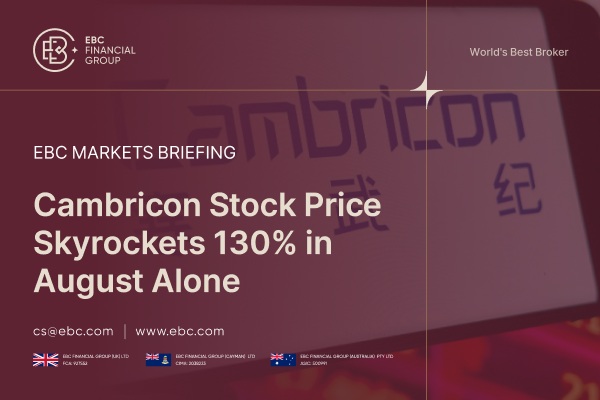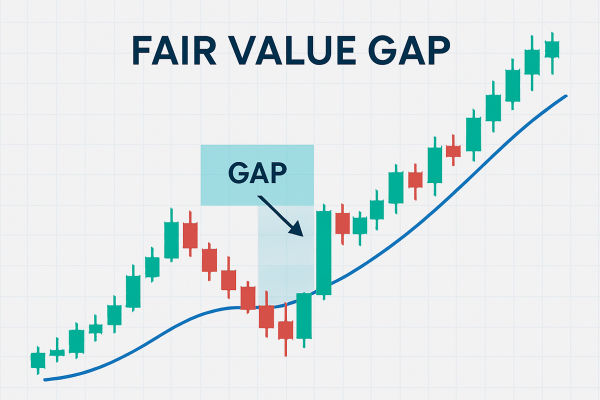Today, EBC Finance introduces Alfred Winslow Jones, the father of hedge funds, the next little known person who has changed the world through Financial innovation.
Today, when people think of hedge funds, the most easily blurted out names are George Soros' Quantum Fund, Paul Tudor Jones' Tudor Investment Company, Steve Cohen's SAC Capital, Simon's Renaissance Medal Fund, and the most notorious - John Mayweather's Long Term Capital Management Company.
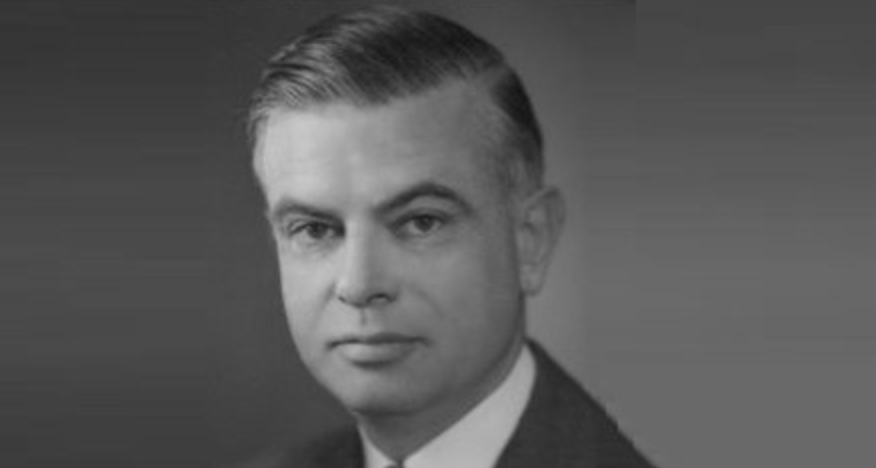
Alfred Winslow Jones (1900-1989)
However, all these players who have earned hundreds of billions of dollars owe their methods to a gentleman - Alfred WinslowJones is known as the father of hedge funds, but his name may be completely unfamiliar to millions of people around the world.
In 1929In the decades following the stock market crash in, American financiers gained fame for conservatism. Although investors were still seeking good investment returns, they seemed to admire conservative approaches and became skeptical of new and untested things.
Nevertheless, innovative investment methods are constantly emerging, one of which is the concept of hedge funds. One of the inventors of this new form of investment management was Alfred Winslow Jones, who is said to be the founder of the first hedge fund and is known as the father of hedge funds.
So who is Alfred Winslow Jones, and how did his ideas and innovations come about?
Alfred Winslow Jones' Personal Experience
Alfred Winslow Jones in 1900Born in Melbourne, Australia in, his father was a senior executive at General Electric Company. After working in Australia for a few years, the family returned to the United States and he grew up in Schenectady, New York at the age of four.
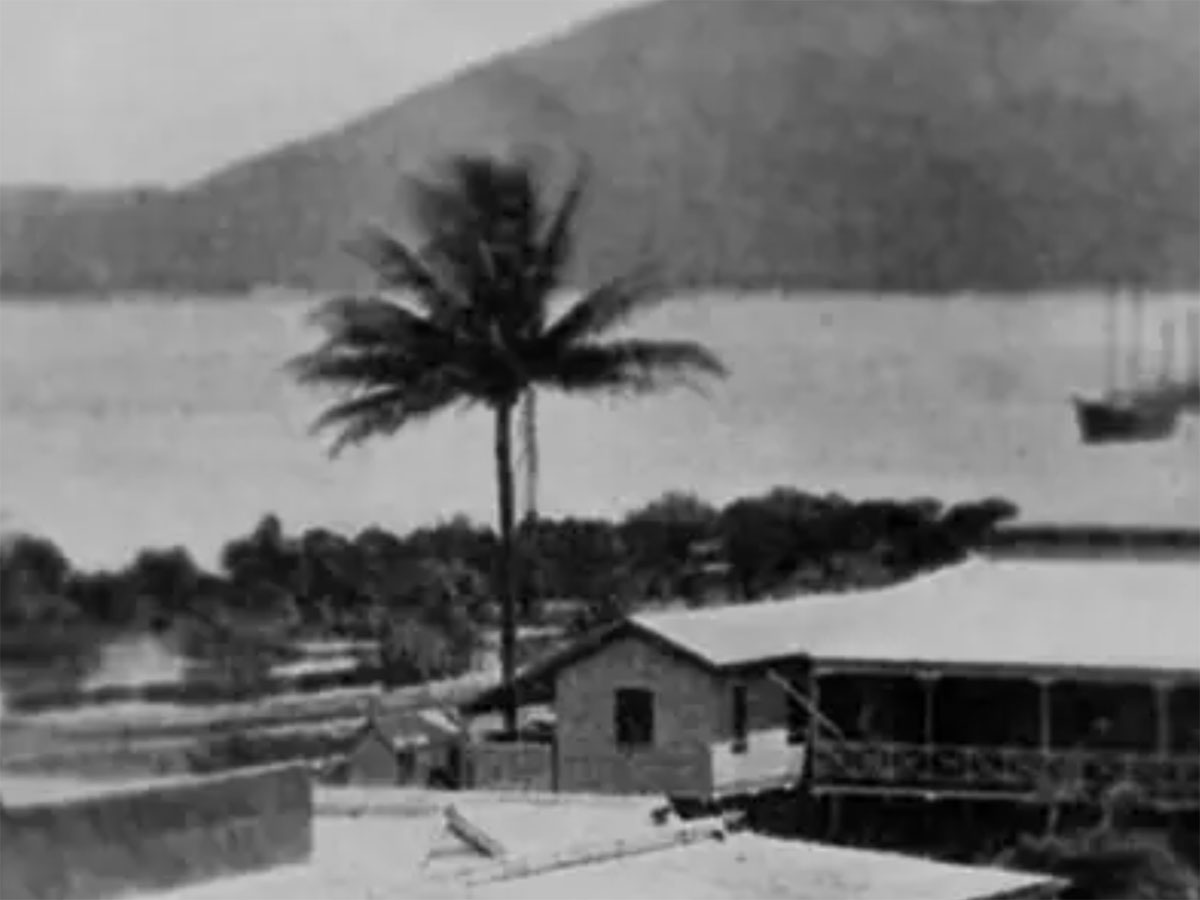
He graduated from Harvard in 1923, but this innovative future investor had never attended business school and had alternative career aspirations far from Wall Street.

After graduating from Harvard in 1923, Jones worked on a ship that traveled around the world.
In the 1930s, Jones worked at the US Foreign Office in Berlin instead of working in banking or investment in New York.
In 1932, Jones secretly married Anna Block, the daughter of wealthy left-wing Jewish socialite and German painter Joseph Block.
Due to his marriage, Jones was forced to resign from the US diplomatic corps, but continued to live in Germany under a pseudonym, studying at the Marxist Workers' School, and performing secret missions for an anti Nazi organization called the Leninist organization.
During his stay in Europe, he came to Spain with his wife and reported on the civil war there on behalf of the Quakers Relief Organization.
After returning to the United States, Jones obtained a doctoral degree in sociology from Columbia University in 1941 and became the director of the Institute of Applied Social Analysis at that university.
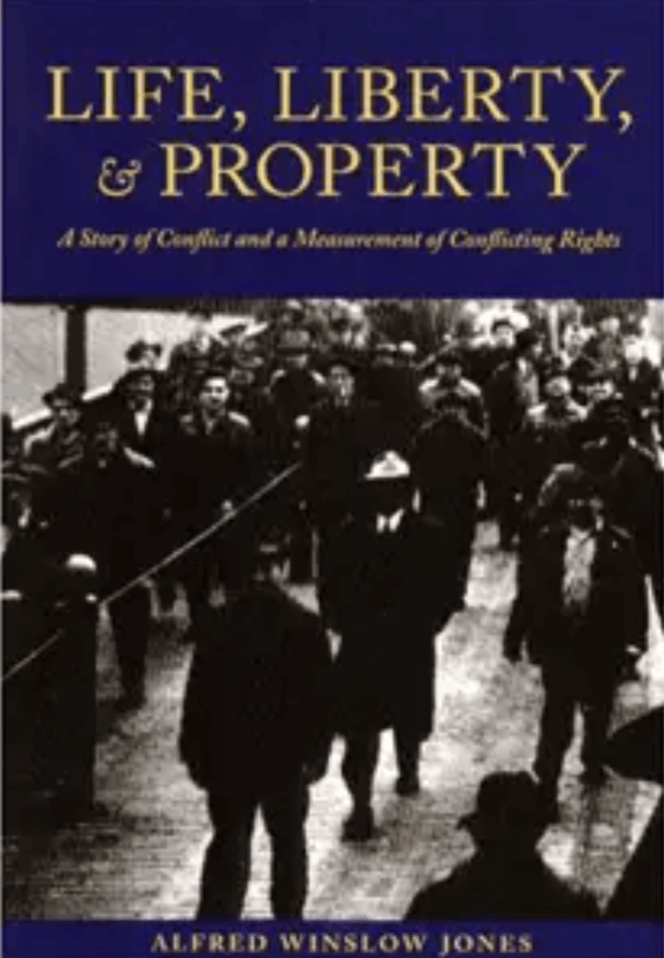
His first project was a book published in 1941, "Life, Freedom, and Property," which reported on the public's attitude towards large corporations.
Later, Fortune magazine asked the knowledgeable author to summarize the book in an article, and then officially hired him; It was from here that Jones began to venture into the financial industry.
From 1941 to 1946, Jones was a contributor to Fortune magazine and continued to write even after his work ended.
Fashion in Prediction
Predicted Fashion, published by Jones in 1949
In March 1949, Jones published a commemorative article titled "Fashion in Prediction" (FIF). FIFIntended to become a relatively simple work in the stock market, showcasing various types of rule-based investment strategies.
In 'Fashion in Prediction', Jones outlined some popular technical analysis methods at that time or before, as well as their advantages and disadvantages. It is evident from the article that his sociological knowledge helped Jones realize that technology investment strategies are based on the unquestionable fact of psychological trend momentum. Market fluctuations can be predicted by measuring optimism and pessimism at the societal level.
Jones had no active interest in finance at the time, which allowed him to view problems from a unique perspective and think differently.
He became fascinated by the research he conducted for this article. At that time, the general theory of the stock market was that all information was priced at all times. In other words, any decline or rise in the stock market is related to simultaneous events.
In the FIF, Jones wrote:
The standard old-fashioned method for predicting stock market trends is to first look at facts and data outside of the market itself, and then check whether the stock price is too high or too low
This arbitrage game can work, but often fails. Why? Because there is no competitive advantage at play. The true principle of price discovery states that prices will only be adjusted to their true value when there is an information gap. Therefore, a better argument is as follows:
What information do I know about Company X? What information does the public know about Company X? If there is an information gap, trade it and make a profit.
As investors in 2021, we are clearly aware of this fact, but in 1949- the year this article was published - this is not a traditional concept.
System driven approach
Jones believes that truly successful investment methods must be system driven. In the FIF, he cited Mansfield MillA job investment survey was conducted and a trend tracking strategy was constructed based on the daily rise/fall of each company.
As is well known, how to continue to profit from these trends remains a mystery. Jones also observed that once certain strategies become popular and widely known, their effectiveness weakens. This is because, as he said, "there are many followers who have had their own influence on the market. As sociologists say, the market exhibits "reflexivity".
Mr. Jones abandoned the old and traditional methods of predicting market performance, which required commodity prices and other economic data to determine Stock Prices - commonly known as "fundamental analysis" - and pointed out that currency may be an abstraction, a series of numerical symbols, a medium for expressing greed, jealousy, and prosperity, a barometer of public psychology or madness, which may reveal certain very important things.
Equally important, investor sentiment creates stock price trends, leading to an increase in investor optimism and further optimism. The cycle of rising stock prices creates a trend that can track profits. Know when to exit when the crowd is moving in the opposite direction.
Don't forget that Jones is actually a sociologist with little knowledge of academic economics.
Jones founded his own investment fund - AW Jones& Co
However, while conducting research on this article, Jones stumbled upon a revolutionary idea that led him to suddenly resign from his job and establish the world's first "hedge fund".
When writing 'Fashion in Prediction', Jones was also contributing to his new company, AW Jones& CoLaying the foundation, the company was established in the same year as the publication of the Fortune article. The partnership was established with assets under management of $100000, of which 40000The US dollar is Jones' own funds. Although his wealth article attracted a lot of attention and contact, the funds raised were all from Jones' existing friends and family, one of whom was a friend he met during the Spanish Civil War more than a decade ago who was engaged in rescue work.
AW Jones& The structure of Co. is to avoid regulation under the 1940 Investment Company Act, with no more than 99 investorsPeople. This method is not widely distributed and accepted by any willing investor, but avoids the need for publicity and advertising, which is very consistent with Jones' preference for low profile. It also allows Jones to retain more management fees as profit.
The difference between this new fund and the funds provided by traditional asset management companies has further expanded, extending to investor liquidity. In order to reduce the possibility of investors redeeming and forcibly closing their positions during market fluctuations, redemptions (and new investments) can only be made at the end of each fiscal year.
In addition, unlike most investment funds at the time, Jones created essentially a long short hedge fund, or in Jones' words, a "hedge" fund.
This investment strategy balances long positions or bets that the price of one security will rise, while short positions bet that the price of another security will fall. This method reduces the risk of market volatility, but also allows funds to apply more leverage.
Internally, the fund is also highly innovative. There is no centralized investment committee like more traditional companies, and employees manage funds relatively independently. Jones and his deputy Donald Woodward only refuse to trade when the trading does not match the overall exposure of the fund, for example, when a manager increases a short position in a stock that has already been widely shorted by other employees.
This structure allows more employees to become fund managers. Instead of being fired for poor performance, it's better to have an employee receive less management funds. Just like the entire company, employees must justify the influx of new investors through good investments. If the manager truly believes that his strategy will ultimately succeed, he will happily persist until it is proven to be correct.
Performance of Jones Hedge Fund
AW Jones& Co. has brought generous returns to its investors, defeating the market and the best performing mutual funds of the day, such as Fidelity's Trend Fund, and then led by renowned investorsGerald Tsai Management. Jones achieved cumulative returns of over 1000% in the decade ending in 1968, when the company managed $100 million.
According to the Wall Street Journal, Jones and his partners achieved a cumulative return of nearly 5000% between 1949 and 1968.
Jones has never advertised for the fund, and its success was spread through word of mouth.
For Jones, the first loss did not appear until 1962, 13 years after the fund's historyIn the year, the company was able to make profits even in times of market downturn. Among these strong profits, Jones and his team gained a significant share. The company charges investors a fee of 20% of any returns.
1970 was his toughest year, when his fund lost 35%. By the early 1980s, he had transformed his fund into a fund within the fund (further strengthening his belief in being hedged).
In 2008, the Dow fell 34%. In such a year, it is difficult for any company to rise against the trend.
The solution created by Jones is to fix a basket of stocks with the same weight to each other - half on the buyer's side and the other half on the seller's side, so that his investment portfolio will always be in a "hedging" state regardless of the overall market performance. As a fund manager, his job is to buy the best quality stocks and sell the worst stocks.
In Jones' case, his results illustrate everything. Warren Buffett quickly replicated Jones' long/short hedging structure, and over the course of 34 years, Jones' investors only managed toAnnual losses (compared to years when the S&P index was negative during the same period).
Carol Loomis, who reports on Jones' career in Fortune magazineHe stated that his performance is more attributed to good stock selection than accurate market timing. Jones' method is more than ten years earlier than William F. Sharpe's "simplified model of portfolio analysis", the Nobel Prize winner in economics.
Jones' Financial innovation
It should be pointed out that being long or short has always been with us; The Wall Street crash of 1929 is a very powerful example.
George Soros and his deputy Stan Druckenmiller also adopted Jones' innovative approach in September 1992The maximum leverage was exerted when betting on the pound every month, when the Bank of England made an extremely wrong decision to support the currency. George Soros made $1 billion from it.
Jones' idea also enabled Paul Tudor Jones to take a "short position" and become one of the few traders who made huge profits on October 19, 1987 (commonly known as "Black Monday").
When a talented chartist or technical analyst found that there were serious problems with mortgage Securities and a huge default was imminent, the contrarian investor John Paulson adopted to buy as many credit default swap (insurance policies) as possible to short mortgage bonds.
The use of leverage allowed John Paulson to establish a huge short position of $7.2 billion for his fund. By the morning of February 8th, 2007, he had made a net profit of $1.2 billion - slightly higher than George SorosThe amount earned when George Soros broke the Bank of England.
Financial hippies
Jones continues to actively participate in social projects, stating that his work on Wall Street is a means to an end, not the end itself. Jones said, "Too many people don't want to do something after they make money. They just keep moving forward and make more moneyJones will work abroad as a Peace Corps during the winter, while managing his fund in the United States, all of which happened in an era of less immediate communication.
He also participated in a "Reverse Peace Corps" project that will bring social workers from developing countries to the United States to work in the struggling American community. Jones established a charitable foundation focused on poverty alleviation with his wealth.
A competitor once referred to Jones as a "financial hippie". His background and interests may prove this statement to be correct, but his work on Wall Street is also the same. In fact, this competitor actually made the statement based on Jones' radical contributions to finance rather than his social interests.
Jones' innovative company is a counterculture in the financial industry, which is still shocked by the 1929 crash and wary of unfamiliar things.
Jones is a sociologist and scholar, writer and journalist, as well as a hedge fund manager and philanthropist. His contribution to finance, perhaps his most noteworthy and important, was the creation of a new form of investment tool, namely hedge funds.
Although it is difficult to accurately define today, partly due to the significant differences in common ground among hedge funds, they at least drew inspiration from the funds founded by Alfred Winslow Jones in 1949.
He passed away in 1988 at the age of 88, but his hedge fund continued to exist. His grandson Robert L. Burch IV and his father and son-in-law Robert LBurch III manages the company together. In 1984, Burch III transformed the company into a formal fund type fund, transforming its clients' 2Billions of dollars are invested in companies that adopt Jones principles.






